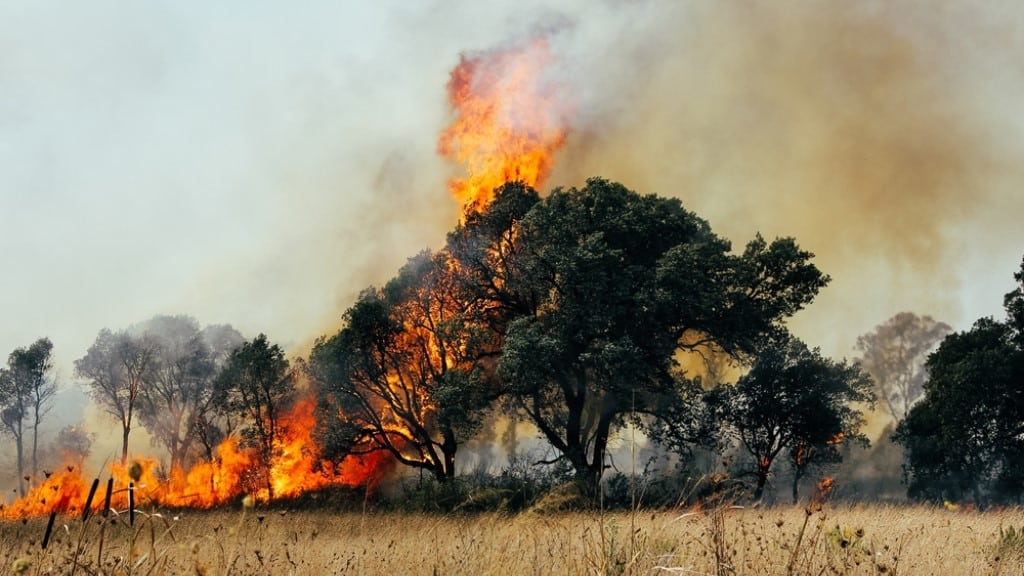Understanding the implications of the 2023 Maui fire reports
- April 19, 2024
- 12:10 pm


Iain Hoey
Share this content
The initial findings from the Maui fire investigation
More than six months following the catastrophic wildfire in Maui, which claimed 101 lives and devastated the historic town of Lahaina, the mystery of what precisely went awry remains.
This week, however, two significant reports were released, providing new insights into the event and suggestions for future safety improvements.
Hawaii Attorney General Anne Lopez unveiled a comprehensive timeline on Wednesday detailing the events of August 8, 2023.
This report marks the first segment of an ongoing three-part investigation by the Fire Safety Research Institute (FSRI), with further insights expected in the upcoming months.
On the preceding day, the Maui Fire Department published a report by the Western Fire Chiefs Association, outlining the operational challenges faced during the disaster and proposing over 100 recommendations for enhancement.
Communication breakdown during the emergency
A pivotal factor highlighted in the FSRI report is the confusion surrounding the deactivation of power lines, which exacerbated the initial fires.
Miscommunications among fire crews, police, and Hawaiian Electric played a critical role as the situation deteriorated.
The communication systems used by different emergency services failed to integrate, leading to a lack of cohesive response information and overwhelming the dispatchers who struggled with multiple communication channels simultaneously.
This breakdown was not limited to emergency services; residents and tourists found themselves cut off from emergency alerts and communication with loved ones, further complicating evacuation efforts.
The report also noted the absence of Maui Emergency Management Agency head Herman Andaya, who was off-island at the time, which might have delayed decisive action.
Escalation and response challenges
The reports describe a rapidly escalating situation, with initial fires thought to be contained re-igniting and spreading through Lahaina driven by strong winds and dry conditions.
Emergency responders faced blocked roads and zero visibility, making evacuation efforts nearly impossible in some areas.
Resources were severely stretched, with many fire crews already deployed elsewhere on the island.
This delay in response was compounded by a lack of mutual aid agreements and preparedness for non-English speaking tourists and residents, highlighting significant gaps in emergency planning.
Looking forward to more insights and solutions
FSRI is continuing its efforts to gather critical data from the Maui Emergency Management Agency, despite facing challenges in obtaining all necessary records.
Derek Alkonis, the research program manager, expressed the difficulties encountered but remained focused on addressing these issues in subsequent reports.
In the coming months, the Bureau of Alcohol, Tobacco, Firearms and Explosives is also expected to release their findings on the origin and cause of the fire, which will likely contribute further to understanding and preventing future disasters of this magnitude.

